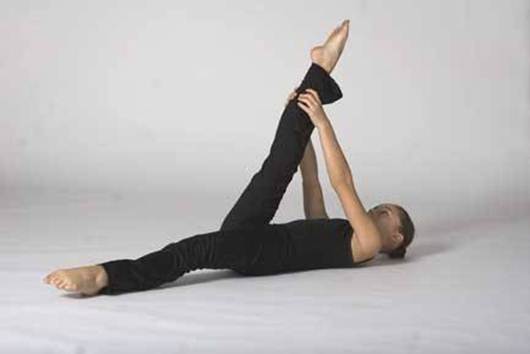Logging miles on the treadmill will get you
a fit body – but these workouts will keep you burning calories for hours
afterwards

It sounds too good to be true, but training
in the right way sends your metabolism soaring for hours, even days afterwards.
This is thanks to excess post-exercise oxygen consumption (EPOC), or “exercise
afterburn”.
“EPOC is the extra calories burned after
training,” says trainer and founder of Club 51, Jon Denoris
(clubfiftyone.co.uk). “Burning fat and calories in the 23 hours when you’re not
exercising is the Holy Grail of permanent weight loss. Depending on duration
and intensity, your EPOC can remain elevated for up to 48 hours after
exercise.” These three workouts will help you in the zone.
Continuous interval training
How?
Alternate three minutes of power-walking
with three minutes of high-intensity running, for 30 to 60 minutes.
Why?
“Interval training is a great way to burn
calories without spending extra time in the gym,” says Denoris. “With this workout,
you overload the body with short burst, then rest for a period, before
repeating the same, or an entirely new, interval. Doing this unleashes a flood
of hormones, including epinephrine (adrenaline) which helps your body burn
calories, even when you’re not working out.”
Split training

How?
Do two to four 15-minute high-intensity
sessions throughout the day. This could be a morning session at home. Rather
than repeating your normal routine, you divide your sets over the shorter
workouts. Keep your sessions short, sweet and consistent.
Why?
“Exercise causes you to burn fat and
calories at an increased rate, which continues once your workout is finished,”
says Denoris. “Two sessions a day means twice the metabolism boost. Plus, many
people push themselves harder during shorter sessions,”
Circuit training
How?
Perform one weight-training exercise for 10
to 12 reps, then run to the next exercise station. Do six to ten exercises in
each circuit, and complete it three times, resting 20 seconds between each move.
Why?
Researcher at Shippensburg University in
the US found that circuit-training, consisting of three sets of eight
exercises, resulted in a higher EPOC within 30 minutes of exercising, compared
to an equivalent treadmill workout. “Blood is shunted from one part of the body
to another, requiring extra energy and fuel,” says Denoris. “High-intensity
exercise also produces lactic acid in the blood, which the body must clear post
workout. The process uses excess fat for energy and pumps oxygen around the
body. Circuit training produces extra lactic acid, raising your metabolism
significantly afterwards”
Heavy resistance training

How?
Do three to eight reps of resistance
exercises, such as squats or bent-over rows, with weights that limit you to
this number.
Why?
“Muscles are fat-burning furnaces,” says
Denoris. “They need calories to repair and grow, even when you’re not in the
gym,” A study in the journal Medicine & Science in Sports & Exercise
found that women burned nearly twice as many calories in the two hours after
their workout, when they lifted 85 per cent of their maximum load for eight
reps, than when they did higher reps at a far lower weight.
Another study, in The Journal of Strength
and Conditioning Research, found that women who completed an hour-long
strength-training workout also burned an average 100 extra calories in the next
24 hours than they did when they hadn’t lifted weights. So at three sessions a
week, that’s 15,600 calories a year of afterburn, or about
four-and-a-half-pounds of fat. And all without lifting a finger!